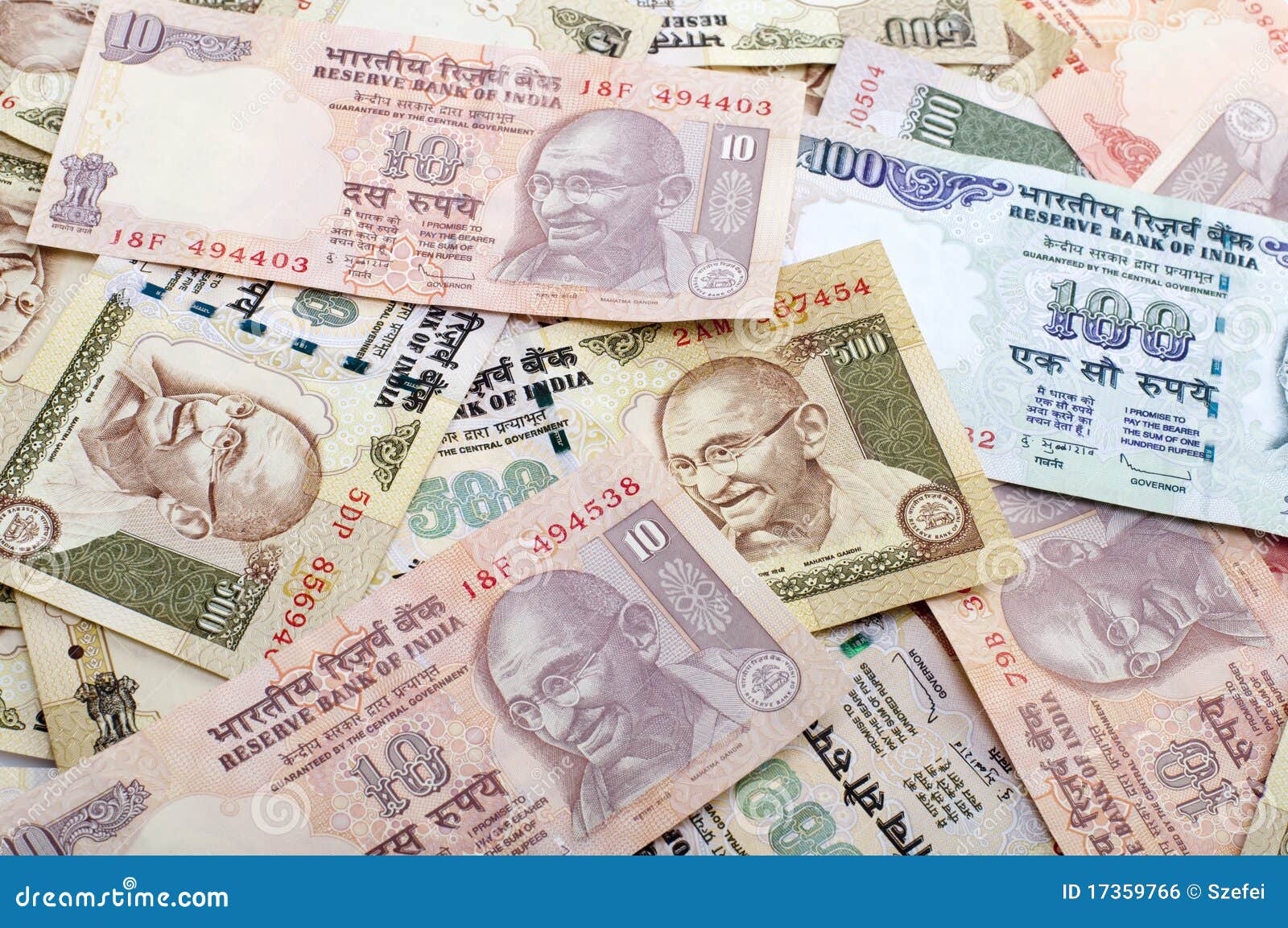
In November 2013, Indian inflation reached 11.24%. In particular, India has a higher inflation rate than its international competitors. The long-term decline in the value of the Rupee reflects India’s relative decline in competitiveness. In particular, a devaluation of the Rupee is bad news for Indians who need to import raw materials, such as oil and gold. When there is a devaluation in the Indian Rupee it means that Indian exports become cheaper, but imports are more expensive for Indians to buy. This shows there has been a substantial fall in the value of the Indian Rupee against the US dollar. By 2013, the value of a Rupee had fallen, so that you would need 65 Indian Rupees to buy $1. In 1990, you could buy $1 for 16 Indian Rupees.

In recent years, the Indian Rupee has continued to depreciate in value. The Indian Rupee has fallen in value against a basket of currencies since independence in 1947.


 0 kommentar(er)
0 kommentar(er)
